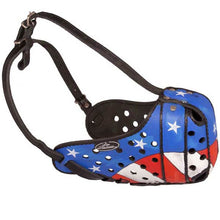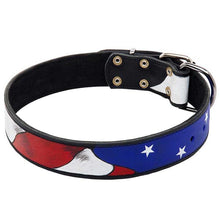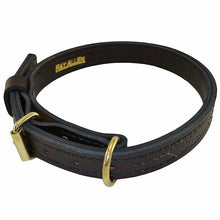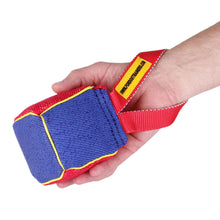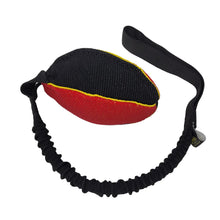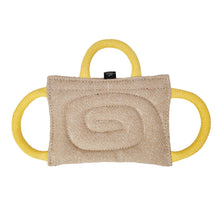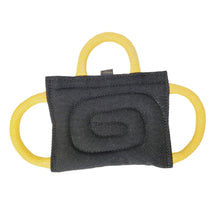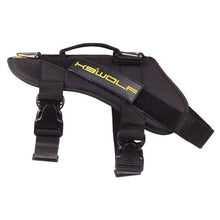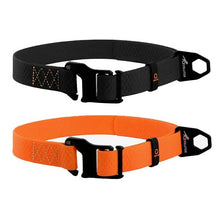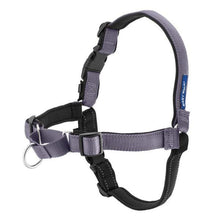Assessing the Practicality and Value of Having a Protection Dog
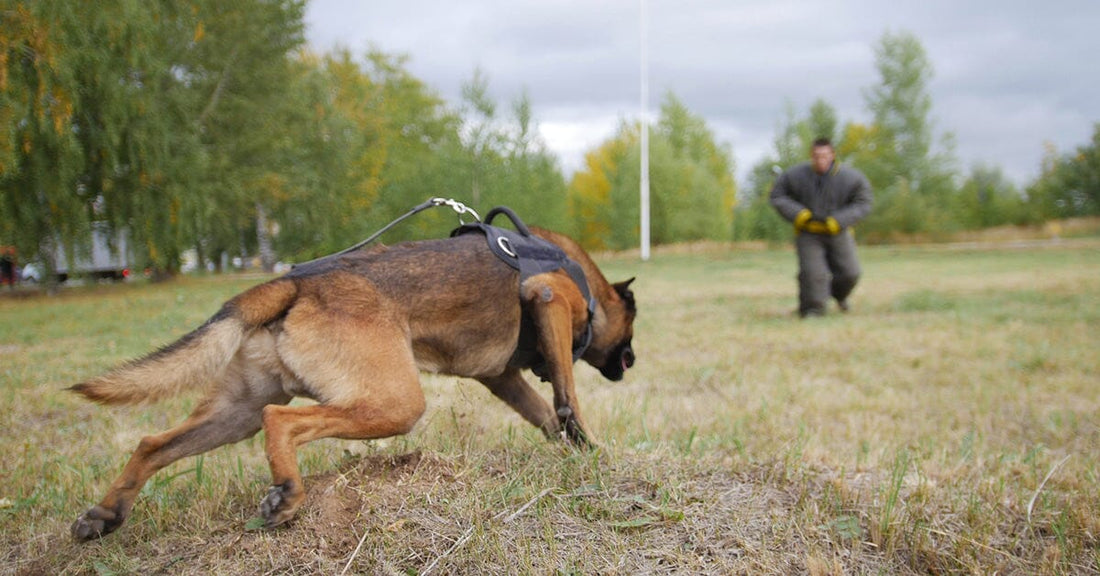
A lot of people talk about getting a dog for protection, but sometimes that means different things to different people. In this article, we'll be talking about trained protection dogs who have solid obedience and are trained to protect the home and bite if necessary. What are the pros, and what are the cons? And does it make sense to own a protection dog in the first place?
To start from the beginning, the first question one should ask themselves is why they want a protection dog. It's a valid question, and people who train and sell these dogs who are reputable will definitely ask it. The number of people who reply with "Oh, I just want a really cool looking dog that does what I tell it and will bite people I don't like or intruders" is higher than you think.

Some people want a dog for a specific reason. A dangerous ex-partner, a specific stalker, etc. Some people don't have anyone who might want to harm them but feel safer with a trained dog in the house and that's perfectly fine too. But before even considering investing in a protection dog, it's good to start with why you believe you need one. But now that the why is out of the way, let's do this a little backward and start with the cons of owning a dog that's trained for this kind of work.
Cons:
● There is a demand for trained dogs, and currently, that demand is hard to supply by top trainers who truly understand working dogs and the type of dog it would take to one day become a protection dog.
A dog that is fine with guests, and children in the home, and is generally social, but will get serious and is always prepared to protect the family isn't an easy dog to find. But there are companies and individuals who will say the dog they're going to sell you is indeed that hard to find dog, even if it isn't. Now you have a dog you can't trust at best, or is outright dangerous at worst. Researching before making a purchase is all that stands between a potential happy customer, and someone who may end up in a courtroom one day.

● Another con is pricing. What is a lot of money for a fully trained protection dog? $1,000? $10,000? $100,000? Well, go ahead and forget anything under about $20,000. Average prices are around high $20,000-$70,000. The most I have ever seen personally was $185,000. I don't know what made that dog worth several times more than average, but I truly hope that he was indeed very special and made the family who purchased him very happy and safe.
To put things into perspective, an average police service dog costs about $22,000-$45,000 but in general, would have not exactly less training, but less comprehensive training to be a family pet and protector. Some police dogs go home with their handler and do fine with the family. Some are very driven and might hurt a younger child just by getting a case of the zoomies and running around the house. A protection dog would theoretically need more screening and training to select dogs with a drive that's more manageable and to teach them manners that make them easier to live within a person's home.

● What about liability and insurance? A lot of companies already won't cover German Shepherds and Malinois, now imagine telling them that you have a protection dog by a company they've never heard of that's a German Shepherd or Malinois. They'll work with you for the right price, but they're going to see it as a gamble and that right price is going to be a high price.
Another thing to not forget is that you will need to work with your trainer to keep your dog's training on track. That means that wherever and from whomever you purchased the dog from will need to see you and the dog no less than once a year if you're lucky. Plane tickets and transporting the dog with you, or driving, or flying your trainer out for a refresher course is something you're going to have to do.
Pros:
● This might seem silly but the biggest pro to all of this is having a professionally trained dog in obedience. A lot of people have well-behaved dogs. Dogs with decent or even good training. Some people even bring in professional trainers or send their dogs to be professionally trained. But the difference between that and a dog that's had training by the types of trainers that you can actually buy a good protection dog from are night and day.

Ironclad recalls, no worries when going outside with the dog without a leash, a dog who will go sit on his bed and stay out of the way if you have someone come over to the house to deliver and assemble furniture, or contractors, or repairmen, etc. I mean, a protection dog isn't very useful if you have to crate them when you invite literal strangers into your home. And most people, even with well-behaved dogs who wouldn't hurt a fly will still usually put their dog in another room when people are coming in and out to conduct business because they don't want their dog in the way or running outside. If you tell a protection dog to go to its bed, you don't have to ask twice or peek over every 5 minutes. They're going to be there until you tell them they're free to do something else. Again, it might sound silly, but having a fully trained dog eases your mind and makes life easier when things pop up or life gets hectic.
● You may actually need the dog one day and if the dog does its job just that one time, it's worth having the dog. It doesn't matter how much you spend on the dog if it saves you from great bodily harm or death. And the likelihood that day will come is small but isn't impossible.
● Peace of mind. Alarms can be disabled or hacked. The average response time for police in the US is around 10 minutes. In some cities, it's closer to an hour. A quiet piece of property miles and miles away from a big city in Montana or Wyoming? It may take hours for the police to show up. To some people, having a dog that's here now, knows the house, and can't be hacked is worth the peace of mind, no matter the cost.
With those points made, who should get a protection dog? The only true thing that limits people from getting one is the price. If a protection dog was $50, there'd be one in just about every home and thievery and home invasions would be all but a distant memory. But they're not, so it will take someone who has not only the financial means to acquire such a dog but to also keep up its training and afford insurance along with the normal cost of keeping any dog.

That person will also need to have the time to get trained themselves on how to work with and bond with their dog, as well as keep them exercised, groomed, etc. It may be a well-trained German Shepherd or Malinois, but it's still a dog and they both shed ... a lot. And no amount of training can negate their need to go outside to relieve themselves and go for walks etc. Getting a pet is already a big responsibility, but having a pet that is a fairly high-energy working dog with the ability and training to not just bark, but to fight with someone is right up there with the responsibility of firearm ownership. Both require use-of-force training and an understanding of the law. Unless of course, you want to be in an orange jumpsuit with the criminals you were trying to keep away by buying a protection dog in the first place!
If you have a professionally trained protection dog, let us know in the comments and share your experiences. I'm sure our other members would love to hear it! Thank you for reading and supporting us with that like button and share like you always do!
You may also like: Will Your Dog Protect You? Let's Find Out





